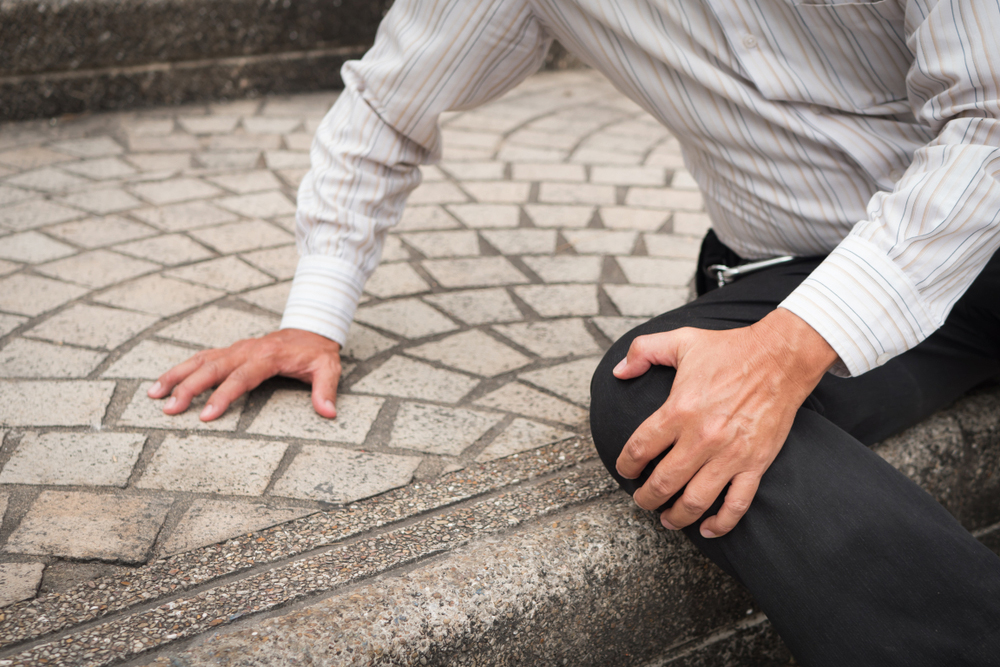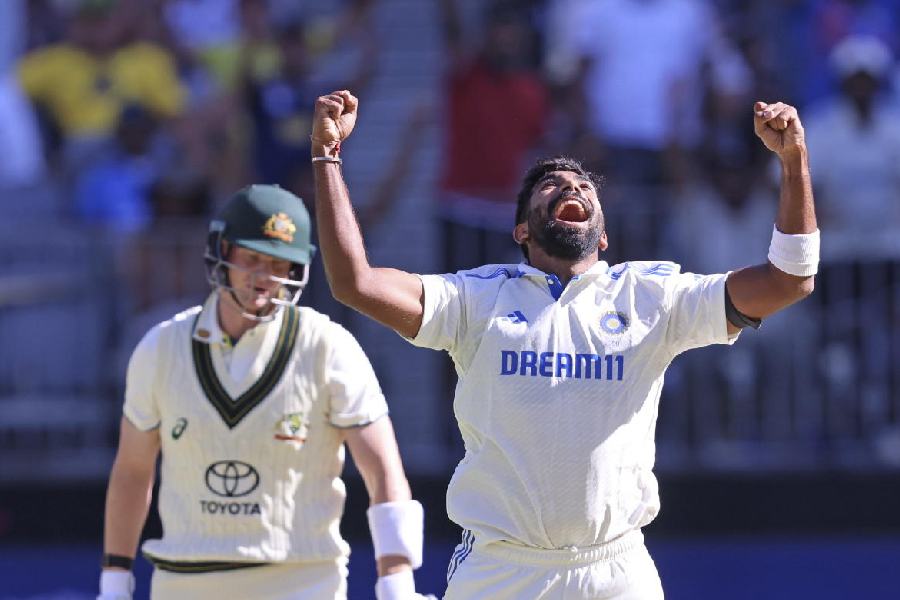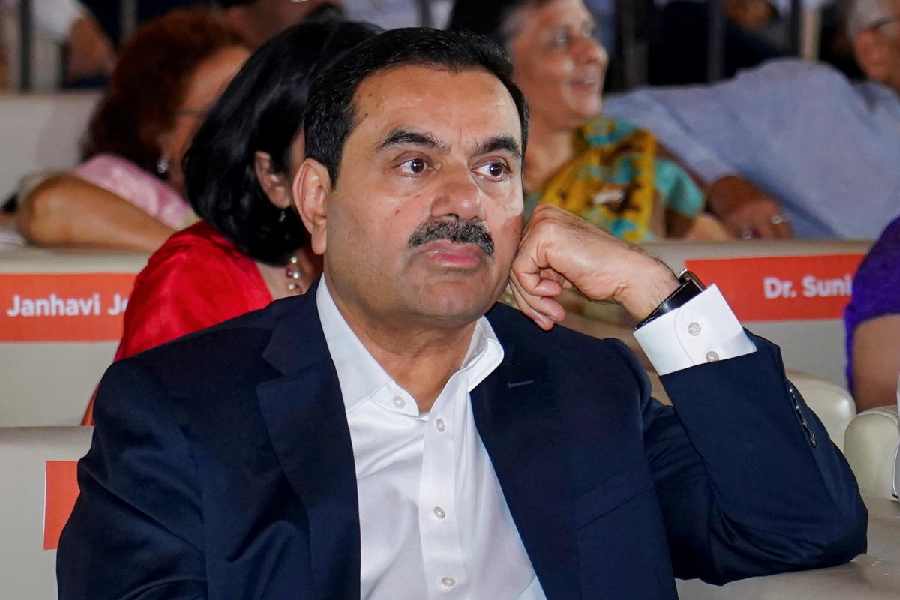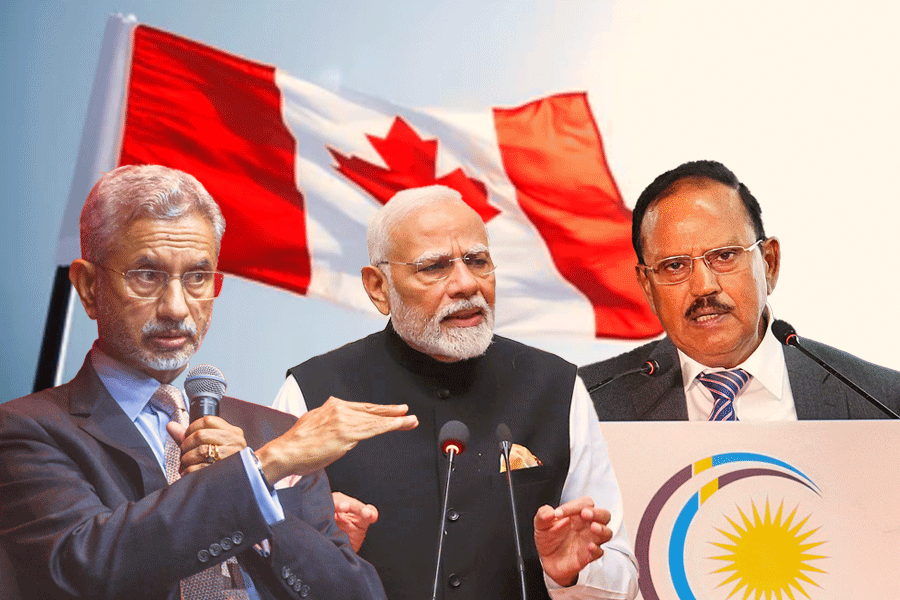People of any age can fall down. Even if the fall results in a fracture, young people can pick themselves up, wear a plaster cast for a couple of weeks, heal completely and go on to lead normal lives. In older people, especially those over 60-65, 25 per cent of falls result in death. Another 25 per cent result in fractures that heal slowly and painfully. Sometimes, the pain never goes away, the gait changes and becomes unsteady. This, combined with a fear of falling again, makes seniors reluctant to venture out.
Falls are often the result of “multitasking” such as having an animated conversation on the phone while walking, suddenly turning back to answer while moving forward or having a conversation while climbing stairs. Bad eyesight due to cataract compounds the problem because the environment appears blurred. Poor hearing affects the balance centre of the brain. Medications such as sleeping tablets or antihistamines can also cause disorientation, drowsiness and a fall in the night. Footwear too may be at fault because it is uneven, ill-fitting or has a slippery sole.
Women often walk barefoot on waterlogged or slippery floors, wearing long garments they can trip over. Therefore, they are more likely to fall than men. But more men die after the first fall, statistically speaking.
While standing or walking, our centre of gravity in just beneath the sternum or breast bone. We have to consciously keep it centred between our feet to prevent falls. This means that the muscles of the back, hips and calves must be strong. They are adversely affected by obesity and bad posture. If the centre of gravity falls out of alignment, unless the posture is instantaneously corrected, a fall occurs. Quick reactions are needed from the brain to understand and the body to make up for the loss in balance and stop the fall. Falls usually occur because of poor muscle strength, fatigue, lack of concentration and reduced visibility (weak eyesight or lighting) or a combination of them.
If we focus on correcting these factors as we age, it is likely to yield positive results. Alertness can be maintained and cognitive decline prevented by simple mental exercises such as counting backwards in 3s or 7s from 1,000, learning poetry or songs or memorising religious books.
Make sure your surroundings are well lit, especially at night. The bathroom floor should be dry and, if possible, hand rails fitted near the toilet. A stool can be used for bathing to prevent falls.
Get your eyes and ears evaluated regularly. It is better if older people use two pairs of spectacles — one for near and one for far vision — progressive lenses or bifocals. Do not hesitate to get a hearing aid if your ears are failing.
Also, learn balance exercises. They are a part of yoga and tai chi. Physiotherapists also teach exercises to improve balance. These anaerobic exercises should be done for 20-30 minutes daily. The muscles of the legs, hips and back should be strengthened with aerobic exercise such as fast walking (4 km/hour) running, jogging, dancing or swimming for 30-40 minutes a day. If you climb stairs for exercise, go up fast but come down slowly and carefully as falls are more likely on the way down. Make exercise a priority even when there are guests or functions.
While taking a walk on a road in familiar or unfamiliar areas, stay focussed. Do not get distracted by your cellphone. Watch the road for at least three metres ahead. Keep to the side of the road. There is no shame in using a cane or crutches if they improve your balance. The cane should have a rubber tip or be three-pronged to provide balance and stability.
The writer is a paediatrician with a family practice at Vellore and the author of ‘Staying Healthy in Modern India’. If you have any questions on health issues, please write to yourhealthgm@yahoo.co.in











